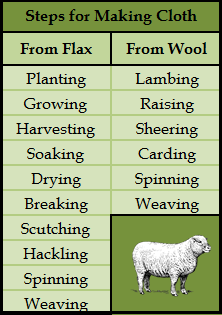 Steps they would take were soaking the flax, drying it, breaking it, scutching it, hackling it (to comb it), spinning it, and then weaving it. Once they had the cloth, they would then sew it into the clothes they needed.
Steps they would take were soaking the flax, drying it, breaking it, scutching it, hackling it (to comb it), spinning it, and then weaving it. Once they had the cloth, they would then sew it into the clothes they needed. 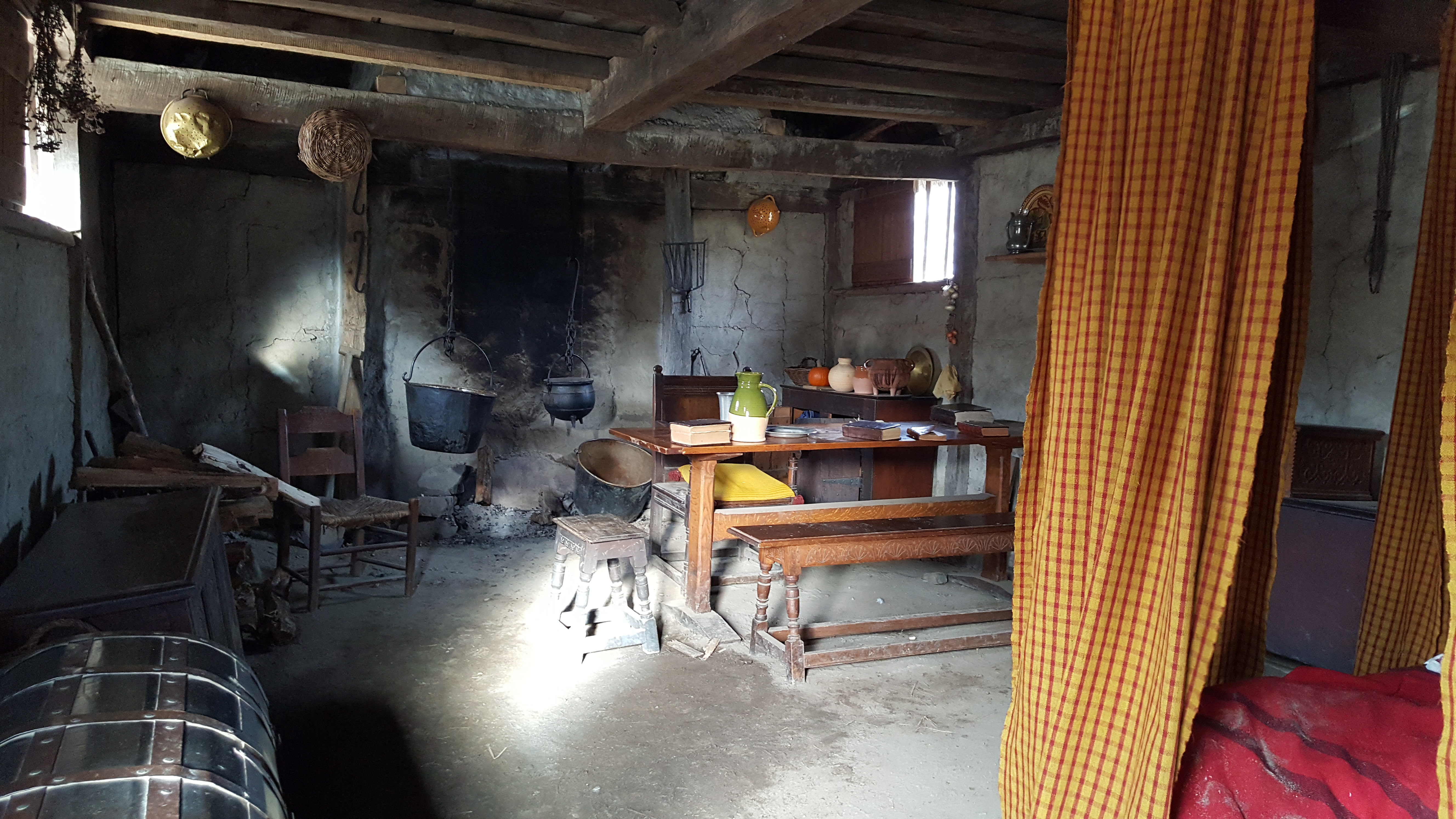
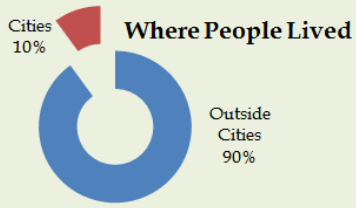
In the colonies, most of the people were farmers. Over 90 percent of the people lived outside of cities and towns. Farmers fed their own families from the things they grew. They would take extra food and crops to market to sell. The market was often in town. Wagons and boats were used to take or send the food to market.

The day for going to market was often a long day. They had to gather the goods and load them into a wagon. They then would use animals to pull the wagon to town. The farmers would sell all they could at market and buy any goods they needed before returning home.
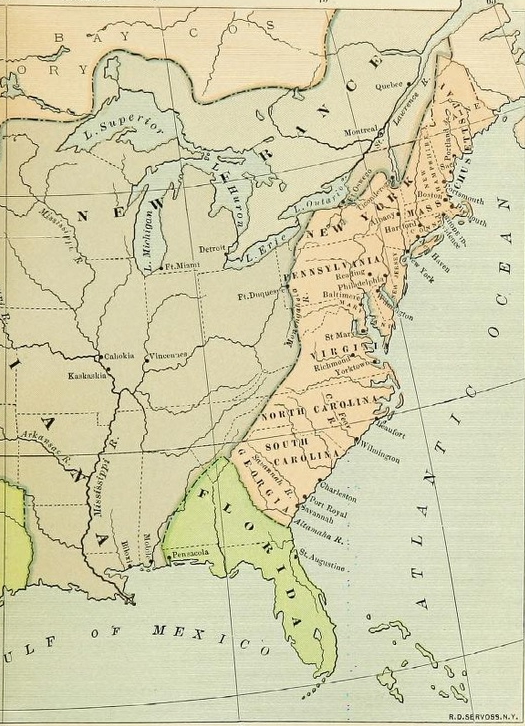
Families that lived near the coast would catch fish for their meals. They would also sell fish at the market. Most people lived close to the rivers and the coast.
Hunting was another way to get food. Colonists hunted deer, rabbits, turkeys, and other wild animals.

There were other jobs besides farming. Some of the other jobs were: artisans, shop owners, and ship builders. These other types of jobs were becoming needed more and more as this country grew and expanded.
Some colonists made their own clothes out of wool or flax. They would grow flax to make linen and raise sheep for the wool. Most of colonists had two sets of clothes. They had one set for week days and another for weekends.
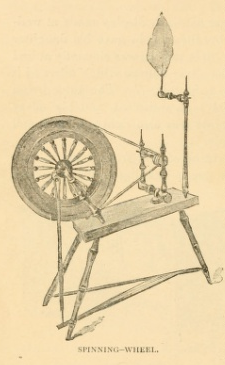
Some of the clothes were made from flax. Making clothes from flax was another big job. To make linen cloth, colonists would plant, tend, harvest, and remove the seeds of flax. They would then go through a number of steps to prepare it.
 Steps they would take were soaking the flax, drying it, breaking it, scutching it, hackling it (to comb it), spinning it, and then weaving it. Once they had the cloth, they would then sew it into the clothes they needed.
Steps they would take were soaking the flax, drying it, breaking it, scutching it, hackling it (to comb it), spinning it, and then weaving it. Once they had the cloth, they would then sew it into the clothes they needed.
Some clothes were made from wool. Making wool also took many steps of work. First farmers would raise sheep. Then they would shear the sheep, pick them clean, card the wool, sometimes wash it, spin it, and then weave it to make wool cloth. Some colonists would buy cloth and make their own clothes or hire tailors to make them.
Travel in the colonies could be difficult. Most colonists did not travel more than 30 miles from their homes during their lives. This was true because of all the work they had to do and because of how hard it was to travel. To get around people would walk, ride a horse, or ride in a wagon or carriage. There were few roads and they would often be in poor condition. When the weather was bad, dirt roads were muddy and slippery.


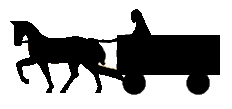

Many colonists did not attend much school. Taking care of the day-to-day needs took most of their time. Children helped out with the jobs that needed to be done. Chores were assigned to many of the children. Chores that children did were: planting in the spring, harvesting in the fall, cutting wood for fires, sweeping, feeding chickens and other animals, milking cows, weeding the garden, carrying the water (From the well to the house because there was no tap or sink of water in the house), washing clothes (In a tub), baking or cooking the meals, making soap and candles (no electric lights), spinning yarn, knitting and patching clothes.
Life was not always the same in the northern colonies as it was in the southern or middle colonies. Life was not the same for a tanner, a farmer, a cooper, or other types of workers. Life then was very different than it is today.
Click or tap on each detail to see the examples.

Where you would get water

Cooking was done over a fire. Plates are placed on a shelf along the wall.

What they used at night for light
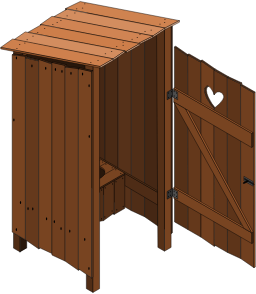
The toilet was outside; Privy

Tool for writing
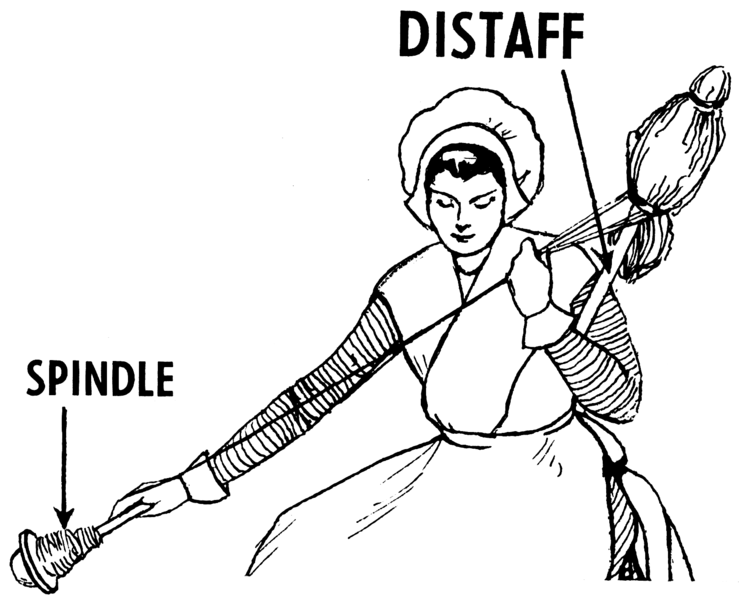
In colonial times spinning wool and flax was done by older children. It could also be done by the mistress of the house or a servant. A distaff was used to gather the wool or flax material. The wool or flax was then pulled off and twisted into thread or yarn. This was done with a spinning wheel or a spindle.
 A large walking wheel was more commonly used to spin the wool. Spinning was also done on drop spindles. Spindles are top-like devices or tools for spinning thread. Thread from flax was called line.
A large walking wheel was more commonly used to spin the wool. Spinning was also done on drop spindles. Spindles are top-like devices or tools for spinning thread. Thread from flax was called line.
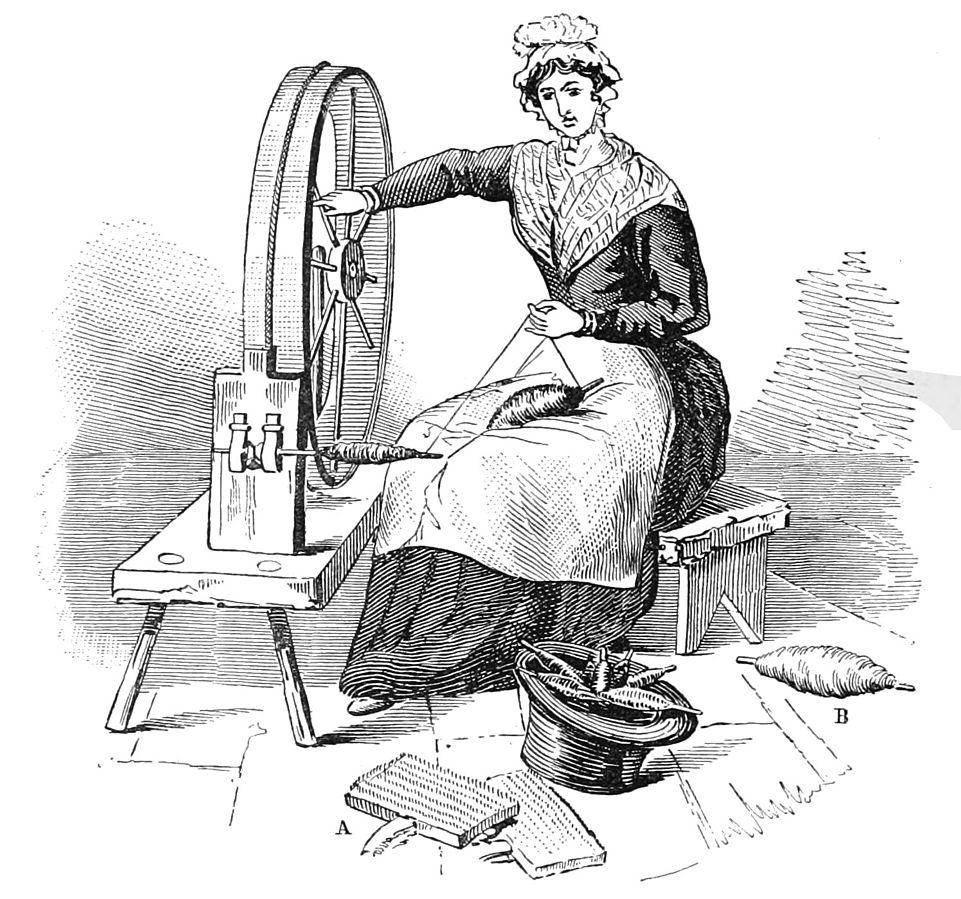
Another mechanical device in cloth making was the weasel. A weasel wound and measured the yarn. When a skein or length of yarn was wound up, the weasel would make a ‘popping’ sound. The popping sound took place after the right amount of yarn was wound. A fun and well-known rhyme speaks about what the weasel does. One version of the rhyme goes like this:
Round and round the mulberry bush,
The monkey chased the weasel.
The monkey thought ‘twas all in fun,
Pop goes the weasel.
Here are some of the games they played in colonial America. Have you ever played them?
Hopping over and into squares while using a marker or hoppy taw
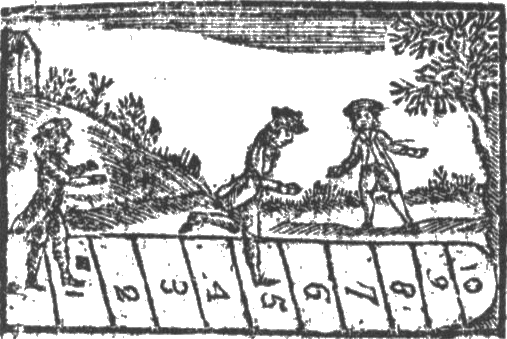
Jumping and skipping over a length of rope
Where children hide themselves from another child that tries to find them
A blind folded child tries to touch or push others who call out to him or her
Girls made dolls of old rags and corn husks.
Rolling a hoop with a stick
Throwing rings over an upright peg
Talking with others face to face
Telling one and another stories
Sharing riddles and rhymes- Try this tongue twister from colonial times.
The skunk sat on a stump and thunk the stump stunk, but the stump thunk the skunk stunk

http://education-portal.com/academy/lesson/13-colonies-colonial-life-economics-politics.html;
Northern Colonies- Mayflower Compact, governments- http://www.ushistory.org/us/3b.as; The Writer’s Guide to Everyday Life in Colonial America by Dale Taylor, p. 40, Rhode Island p. 49;
Middle Colonies- New Jersey government- The Writer’s Guide to Everyday Life in Colonial America by Dale Taylor, p. 55; Pennsylvania colony (Freedoms);
The Extraordinary Suzy Wright: A Colonial Woman on the Frontier by Teri Kanefield, p. 9;
http://www.socialstudiesforkids.com/subjects/colonialtimes.htm;
Farmers- The Farmer by Wil Mara;
Women- The Extraordinary Suzy Wright: A Colonial Woman on the Frontier by Teri Kanefield, p. 14 (rights);
http://www.history.org/almanack/life/trades/traderural.cfm;
http://www.history.org/almanack/life/trades/traderural2.cfm;
http://www.ushistory.org/us/5e.asp;
http://www.usahistory.info/colonial/customs.html;
http://www.history.org/History/teaching/dayInTheLife/webactivities/dress/dress.cfm (Colonial dress);
Two Sets of clothes- The Writer’s Guide to Everyday Life in Colonial America by Dale Taylor pp. 254)
http://www.williamsburgkids.com/people/;
http://www.youtube.com/watch?v=ZeCXLiwWqKw (Making linen from flax);
http://www.ushistory.org/us/5a.asp;
http://www.ushistory.org/us/5b.asp;
http://www.history.org/kids/visitUs/colonialPeople/slave.cfm;
http://www.ushistory.org/us/1a.asp;
http://www.pbs.org/ktca/liberty/perspectives_daily.html#;
Abigail Adams by Kem Kapp Sawyer; DK Publishing 2009;
A Museum of Early American Tools by Eric Sloane;
http://www.foodtimeline.org/foodcolonial.html;
www2.census.gov/prod2/decennial/documents/00165897ch01.pdf- Population statistics;
Wool and Flax- The Writer’s Guide to Everyday Life in Colonial America by Dale Taylor pp. 252-253;
My Dearest Friend: Letters of Abigail and John Adams by Margaret A. Hogan and C. James Taylor p. 162
Plimoth Plantation kitchen from Christie Allred from her visit there 2018-11-21; Salem Witch Hunts by Ladies Home Journal Vol.15 No.09 August 1898- Wikimedia Commons; Graph of population distribution by Arnon Allred; Wagon and Horses by J4p4n- Openclipart.org; US Colonies Map - 1756 - by R D Servoss; Hunting pilgrim by Johnny Automatic- Openclipart.org; Spinning Wheel- From Colonial Massachusetts by Sarah E Dawes.png; Chart to make wool and flax by Arnon Allred; Sheep- by Pearson Scott Forseman- Wikimedia Commons; Walking by A.L.E.- Openclipart.org; Horse by Papapishu- Openclipart.org ; Horse and cart 2 by Ryan Lynch- Openclipart.org; Carriage by IggyOblomov- Openclipart.org; Candle by LostInBrittany- Openclipart.org; Colonial Kitchen- From Colonial Massachusetts by Sarah E Dawes; Outhouse by Jarda- Openclipart.org; Plumier by presquesage- Openclipart.org; Well by Nicubunu- Openclipart.org; Distaff and spindle by Pearson Scott Foresman 739 px- Wikimedia Commons; Spinning Wheel- Wool by Popular Science Monthly Volume 39-D304- Wikimedia Commons;
ATOS- 5.8
Flesch-Kincaid Level- 5.42
SMOG Index- 7.53